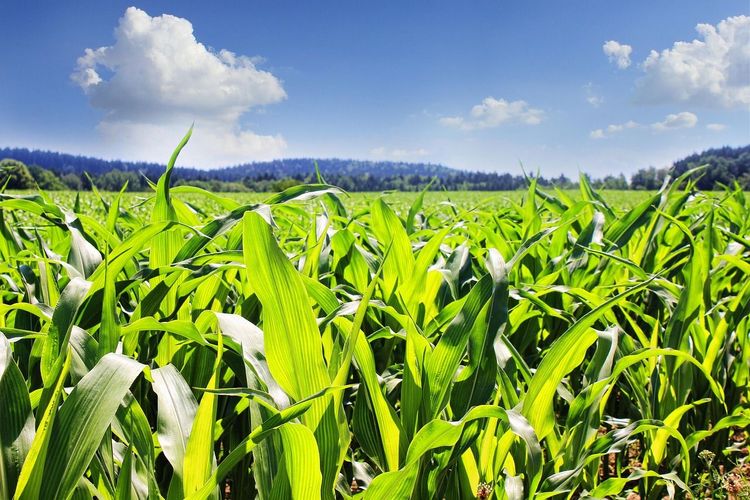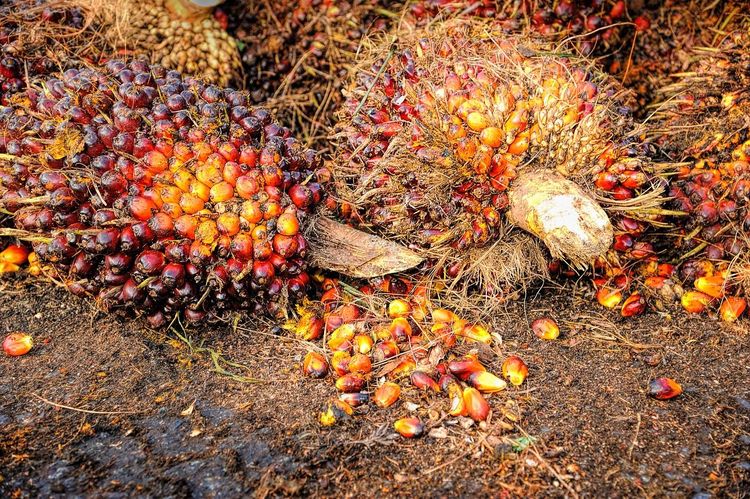La Niña’s Likely Return Could Impact Brazil, US Corn
Even as damage from the 2020/21 La Niña continues to disrupt agricultural supply chains worldwide, climate experts are warning that the global weather event is likely to make a return appearance later this year.
La Niña conditions for a second year in a row could have far-reaching effects on Brazilian corn production and on corn supplies in the US.
A Gro analysis shows that La Niña correlates strongly with increased levels of drought and reduced corn yields in Brazil, the world’s No. 2 corn exporter. Previous La Niña years have seen year-over-year corn production declines of up to 20% in Brazil.
Brazilian crops have already suffered from deep drought in 2021. Continued drought into 2022 could force global demand to the US for the second year in a row. That in turn could put paid to the USDA’s forecast for the US to rebuild currently depleted corn stocks in the upcoming year.
While La Niña isn’t a perfect indicator of weather in Brazil, Gro users can monitor drought in Brazil as the new growing season gets underway in October. Gro’s Navigator for Agriculture app allows users to weight the Gro Drought Index and other indices specifically for corn-growing areas to provide a detailed reading of growing conditions.
The US Climate Prediction Center recently issued a “La Niña Watch,” signaling that conditions are “favorable for the development” of La Niña “over the next six months.” The center said most global climate models predict a 70% chance that La Niña will emerge around November and last through the 2021/22 Northern Hemisphere winter.
A return of La Niña two years in a row isn’t unusual; according to NOAA, an analysis of 12 previous La Niña events found that two-thirds were followed by another La Niña a year later.
Currently, ENSO-neutral conditions are in place—meaning neither El Niño nor La Niña are in effect—according to the Climate Prediction Center’s Oceanic Niño Index, which is calculated based on ocean temperatures in a specific part of the Pacific Ocean. A separate index, the Multivariate ENSO Index, which includes additional variables such as sea level pressure, currently shows a negative value, suggesting La Niña conditions.
If La Niña does materialize by late fall or early winter, it could also help bring relief to some areas, including leading to above normal precipitation in some of the drought-stricken areas of the US Pacific Northwest and additional rain to wheat-growing regions of Australia.
This insight was powered by the Gro platform, which enables better and faster decisions about factors affecting the entire global agricultural ecosystem. Gro organizes over 40,000 datasets from sources around the world into a unified ontology, which allows users to derive valuable insights such as this one. You can explore the data available on Gro with a free account, or please get in touch if you would like to learn more about a specific crop, region, or business issue.
 Insight
InsightPrices Surge for Cocoa, Coffee, and Other ‘Soft’ Commodities
 Insight
InsightGro’s 2024 Watchlist: 3 Forces Shaping Global Climate Risk in the Year Ahead
 Blog
BlogSouth America: Growing Season Snapshot
 Insight
Insight

 Search
Search